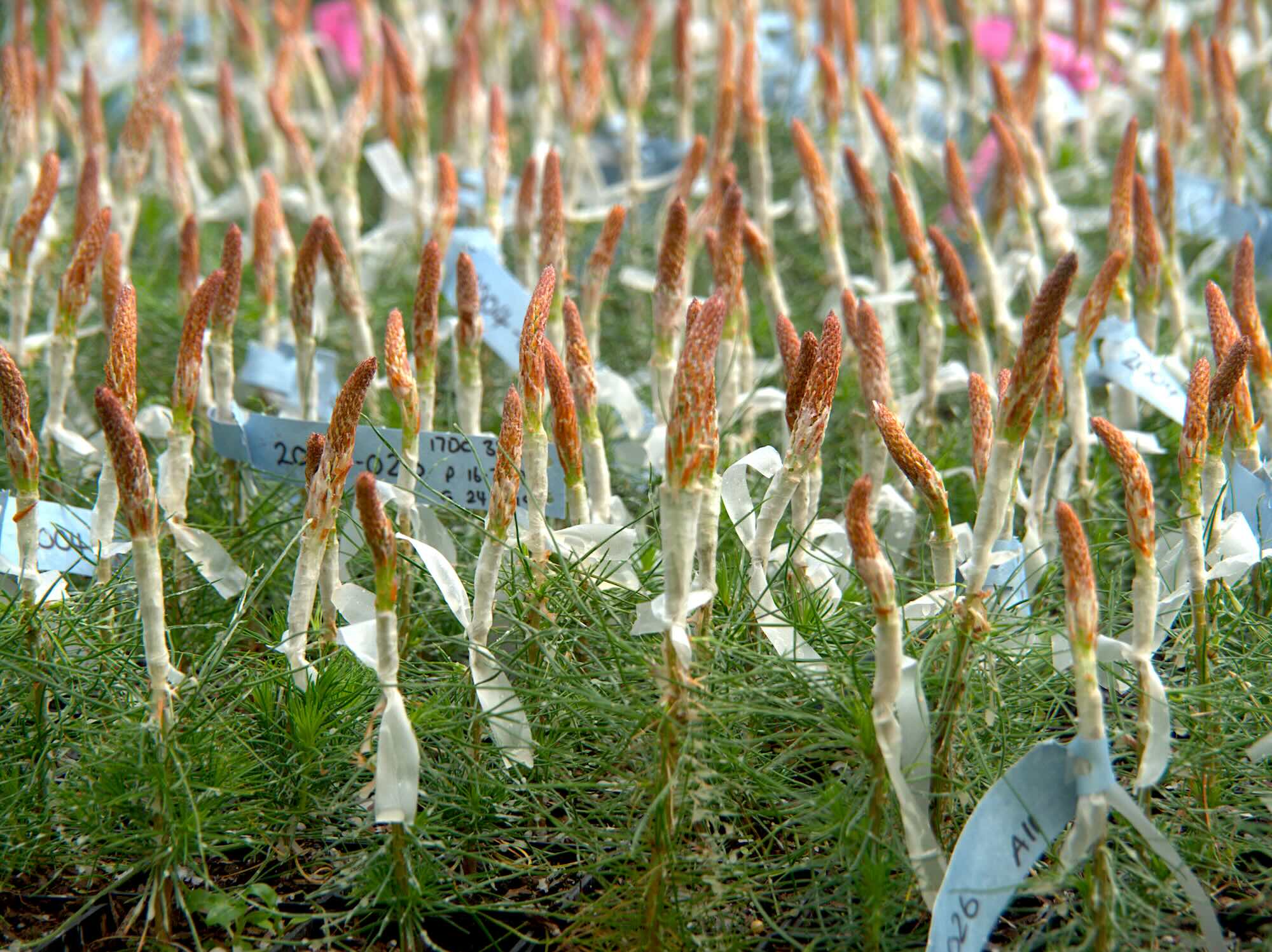Do I have pedigree errors?
We just finished a genetic analysis, got breeding values for all our selection criteria, combined them with genetic parameters and economic weights in a selection index (I) that predicts the total genetic-economic value in dollars (H). We rank our trees from best to worst, perhaps with some constraint on relatedness, and go to the field to collect genetic material.
- Perhaps the trial is not well labelled, so we are in the wrong block.
- Or we are entering perpendicular to it, so the rows are the columns.
- Or the tree labels are gone, so we are picking up the wrong tree.
- Or we identified the right tree, but set the wrong label when collecting seeds or cuttings.
- We grafted the cuttings and set a new, incorrect label. Or we sowed the seeds in the wrong part of the nursery.
- Maybe the grafts ended up in the wrong part of our orchard, or with the wrong labels.
- Did we properly label the pollen we just collected. And dried. And stored.
- Is the pollen from the male parent going to the right female?
- Once we collected the cones (or capsules, or fruits) are they separate in the kiln, and the machine that removes the seeds?
- Are the seeds sown with the right labels?
- Are the seedlings going to the right place in the trial? Go to 1.
We could genotype the trees to check for pedigree errors. But see 1, 2, 3 & 4. Is the pedigree wrong, or the sample for genotyping, or both?
The question is not if we have errors in the pedigree. One would need superhuman luck to avoid having any errors in a small breeding programme and a real miracle if you have close to a million trees with records. The real questions are:
- Can we reduce future errors?
- Do the pedigree errors we have make a significant (in the sense of important, not statistically) difference to the breeding and deployment programmes?
For example, over the years I have seen huge improvements in Proseed (the largest tree seed producer in New Zealand). Multiple validation steps, QR codes for orchard blocks, pollen, cones under processing, etc. There are similar changes going in parts of the breeding programme.
What’s the percentage of errors that remain in the system? I don’t know. Does it make a substantial difference? Maybe.
Are there other problems that could be even bigger? Yes. Maybe breeding for the wrong thing, but that’s another post.
